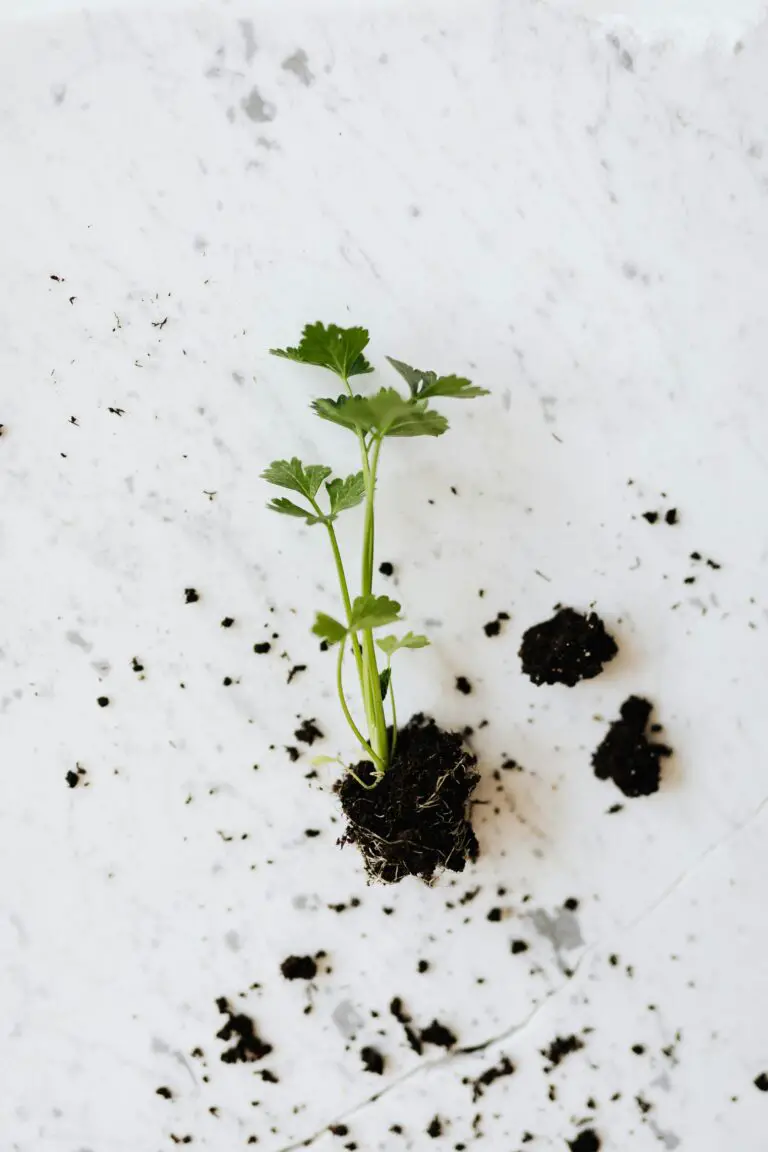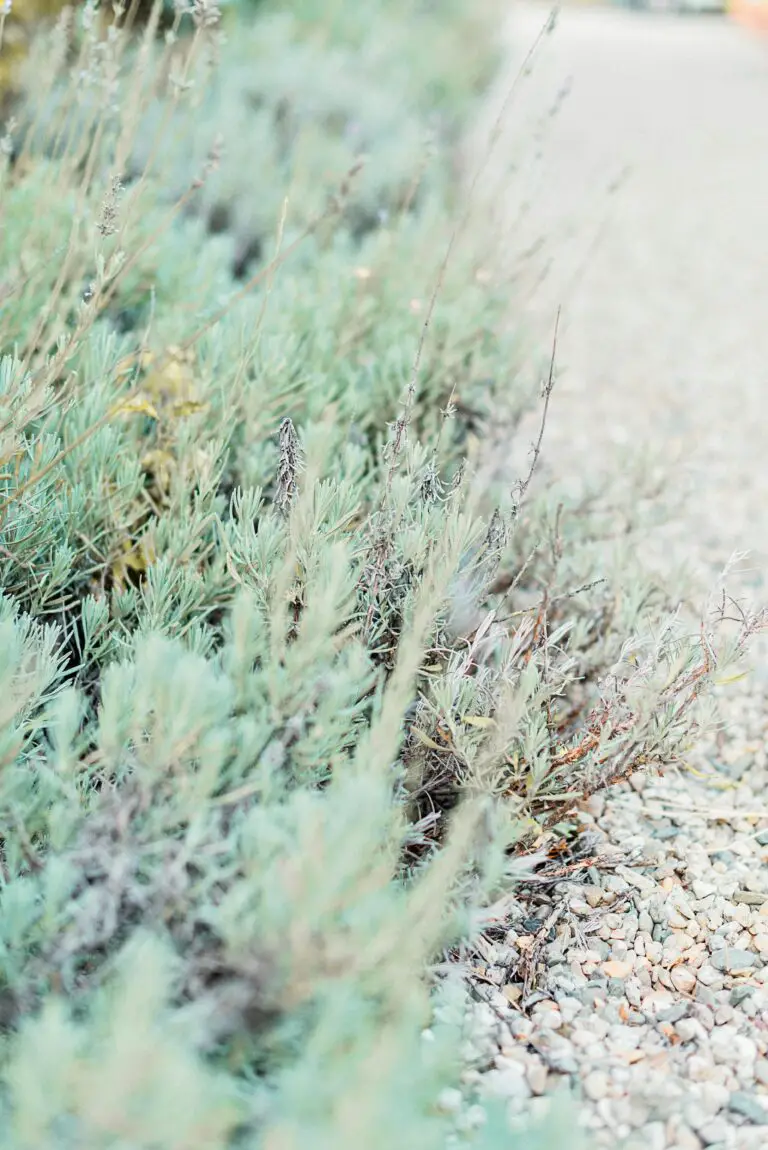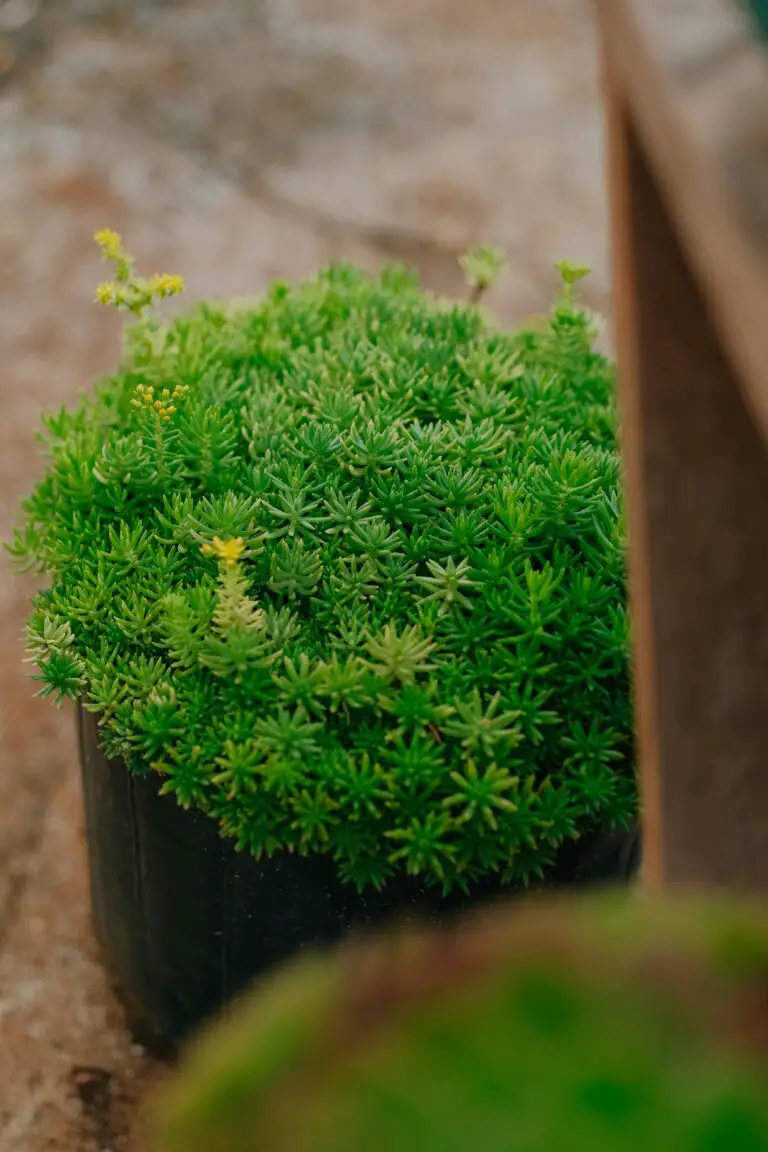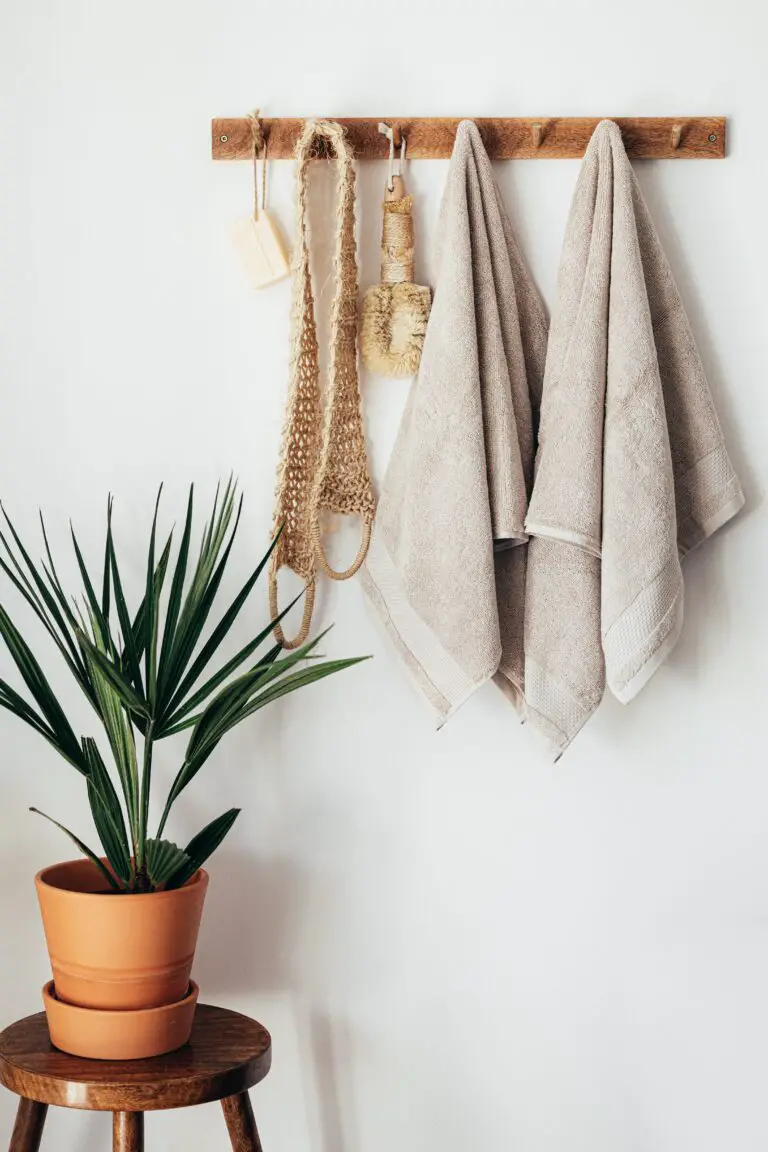Introduction to Sedum Care
Hey there, green thumb enthusiasts! Let’s talk about sedum – you know, that resilient, vibrant succulent that’s become a staple in rock gardens and sunny ledges worldwide. This plant isn’t just a pretty face; it’s a workhorse in the plant world, known for its ability to thrive with minimal fuss. So, if you’re wondering should I fertilize sedum, you’re in for a treat, because we’re about to dive into the heart of sedum care.
Picture this: You’re walking through a garden and your eyes are instantly drawn to a breathtaking spread of sedums, showcasing plump leaves and star-shaped blooms. They’re a testament to sedum’s incredible versatility. But guess what? Achieving this garden spectacle isn’t rocket science; it’s all about understanding the essentials of sedum sustenance.
Our plucky little succulent friend enjoys basking in the sun like a lizard on a rock, and it doesn’t need a ton of water to stay quenched. In fact, it thrives on neglect – the less you mother it, the better it seems to do! But what about food? Does our low-maintenance buddy need a boost from time to time?
Let’s break it down. Sedum, while not a demanding diva, does appreciate a gentle fertility nudge as the growing season kicks off. However, it’s a fine line between pampering and overindulgence. Too much love in the form of fertilizer can lead this plucky plant down a path of legginess and weak growth. And nobody wants a floppy sedum! If you’re itching for more succulent care insights, check out these care tips for thriving succulents that will elevate your gardening know-how.
Still not convinced about the hearty nature of these succulents? Feast your eyes on this video where we tackle the challenge of an overgrown leggy Kalanchoe and sedum, breathing new life into these persistent plants with some expert repotting!
Armed with this knowledge, you’re well on your way to nurturing a sedum that not only survives but thrives. Embrace the minimalistic approach with these succulent favorites and unlock the secret to their robust nature. Remember, when it comes to sedum care, sometimes less is truly more.
Understanding Sedum Nutritional Needs
When it comes to feeding your sedum plants, they’re sort of the low-maintenance pals of the gardening world. They’re not the type to throw a fuss if you forget about them from time to time. In fact, these succulent beauties thrive on a little bit of tough love. It’s like when you tell your friend they’ve got to solve their own problems once in a while, and they end up thanking you for it!
Sedums have a different set of rules when it comes to dinner time. Unlike those hungry, hungry roses or those nitrogen-needy tomatoes that might as well have their own seats at the dining table, sedums are perfectly content with what nature provides. That’s not to say they wouldn’t appreciate a little snack here and there. Just like a light eater who perks up at the sight of a gourmet truffle, your sedum will show its gratitude for occasional treats by sporting fuller foliage and brighter blooms.

Imagine you’re tossing your sedum’s equivalent of a light Caesar salad: a sprinkle of compost or a mild, balanced fertilizer as the seasons change. That’s because sedums store water in their leaves and they can go long stretches without extra feeding. Here’s a trusty guide on how to pamper your sedums without overindulging them.
If you’re curious how sedums stack up against other garden species, you’ll find they’re an interesting bunch. Sedum, a plant that basically comes with its own survival kit, is more self-sufficient than many garden varieties which can be quite demanding regarding their care.
So next time you’re gazing out at your garden kingdom, remember that your sedums are like the cool cats lounging in the sun. They’re laid back, not asking for much, but give them just the right amount of care and they’ll reward you with their effortless charm and vibrant presence all season long.
To Fertilize or Not to Fertilize: Sedum Edition
Explore the debate on whether sedums require additional fertilization or if they thrive on minimal care. Picture this: a lush green sedum, also known as Stonecrop, basking under the sun with a vibrant array of foliage that suggests it’s living its best life. But wait—did it achieve this robust health through the nurturing touch of fertilizer, or is it just riding the wave of its hardy nature?
Sedums are the ultimate low-maintenance charmers in the world of succulents. Their thick, fleshy leaves are masterful at retaining water, making them drought-resistant and forgiving when life gets in the way of regular watering schedules, like the legendary survivalists they are. With such innate resilience, the question arises: should we really be pampering them with fertilizer?

Real-life examples abound of sedums flourishing without the intervention of added nutrients, often filling garden spaces with their tenacious spirit. Yet, some gardening aficionados argue that a little bit of fertilizer can go a long way. It’s akin to feeding an already talented athlete a balanced diet—it simply maximizes potential. That said, a sedum on a fertilizer diet is a bit like a once-in-a-while luxury, not a daily necessity.
Meanwhile, over at Prickly Petals, you can discover a plethora of tips to encourage your sedum to thrive, be it in the blazing sun or the stubborn chill. There’s a reason these succulents are favored by both beginners and seasoned gardeners alike.
The Proof is in the Planting
Imagine a sedum that has been left to its own devices in a rock garden, seemingly one with the stones and natural elements. It thrives, spreads, and colors the landscape with its effortless charm. Now, picture the same plant given a sprinkle of fertilizer—a subtle boost that could very well lead to a more pronounced display of colors and blooms.
The bottom line is, sedums can indeed prosper without the help of fertilizers, but a little extra food isn’t a sin either. It’s not about dependency; it’s about choice and the level of garden opulence you’re aiming for. Whether you’re a proponent of the natural resilience of sedums or an advocate for nutrient assistance, one thing is certain—the sedum’s adaptability remains undisputed.
The Best Fertilizers for Thriving Sedums
When it comes to nurturing sedum plants, the right fertilizer can be the secret sauce to a vibrant, flourishing garden. Sedums are hardy, adaptable plants that are loved for their succulent leaves and star-shaped flowers. Yet, even the toughest plants can benefit from a little nutrient boost. So, should you fertilize sedum? Absolutely! Let’s dig into the soil of knowledge and unearth the finest food for your succulent friends.

Imagine your sedum as a gourmet chef, one that prefers a particular set of ingredients to create a masterpiece. In this scenario, the chef’s special ingredients are well-balanced fertilizers that provide a smattering of essential nutrients. We’re talking about a mix that contains nitrogen for leaf growth, phosphorus for healthy root development, and potassium for overall vitality. A slow-release granular fertilizer is to sedums what a slow-simmered sauce is to a culinary dish – perfection.
Not all fertilizers are equal in the eyes of sedum. These robust beauties thrive with a low-nitrogen or balanced N-P-K ratio fertilizer. Excess nitrogen can make sedums leggy and weak – think of it as overindulging in fast food, leaving them vulnerable to pests and diseases. It’s like training for a marathon on a diet of donuts – possible, but far from optimal.
How about organic options? Well, compost and worm castings are like hitting the jackpot for sedum plants. These natural fertilizers gently provide nutrients while improving soil structure and water retention. It’s akin to switching from processed snacks to whole foods, with your sedums rewarding you with lush growth and vibrant blooms.
In the real-world garden setting, consider this: A sedum planted in rich, well-draining soil might need little to no additional fertilizer. However, in poorer soils, a sprinkle of that special mix during the growing season can work wonders. Timing is crucial – think of it like seasoning your favorite dish. Applying fertilizer in early spring can give your sedums the zest they need to leap into the growing season with vigor.
So there you have it, green thumbs. Choosing the best fertilizer for your sedums doesn’t have to be a daunting task. Look for that slow-release, low-nitrogen magic, or go the organic route with compost and worm castings. Your sedums will thank you with a show of strength and beauty that’s nothing short of spectacular!
Sedum Fertilization Schedule: Timing and Techniques
Let’s get into the nitty-gritty of feeding your sedum plants, shall we? If we’re talking about the absolute optimal times to roll up your sleeves and pamper your sedum with some nourishment, think ‘growth phases.’ That’s right, spring and early summer are when these resilient succulents are stretching out and going through their growth spurt. Just like a teenager raiding the pantry, this is when they’re going to appreciate a well-timed fertilizer snack the most.
Now, onto the battleground—how do we go about fertilizing sedum without stepping on any garden rakes? Start with a lightweight, balanced fertilizer—one that’s not too nitrogen-heavy to avoid turning your sedum into the Incredible Hulk of the plant world. A diluted half-strength solution is your best friend here; think of it as a plant protein shake—enough to build muscle but not so much that you end up with a green behemoth.
Technique-wise, imagine you’re an artist, and your garden hose is your brush. Use a gentle shower to spread that liquid gold evenly around the base of your sedum. Early morning is your golden hour for this ritual; your sedum will have all day to soak up the nutrients and won’t have to sit with wet roots overnight—a definite no-no, as that could be an open invitation for rot to crash the party.
And before you ask, no, you don’t need to keep this up all year round. Once your sedum has settled into the lazy days of late summer, you can ease off on the fertilizer front. They’re preparing to wind down and won’t benefit much from a late feast, sort of like having a coffee right before bed.
Here’s a real-life scenario for you: imagine your sedum as a racecar, with spring being the starting line. Those nutrients act like a turbo boost as they zoom through the growth track. By the time the colder seasons roll around, it’s like they’ve crossed the finish line and it’s time to head into the pit for a well-earned rest.
To see this in action, check out this useful video which gives you a visual guide to properly nourish your sedum:
Remember, fertilizing your sedum isn’t just about throwing nutrients at it and hoping for the best. It’s about timing, technique, and understanding the lifecycle of these versatile plants. So stick to the schedule, master the methods, and watch as your sedums reward you with vibrant growth and possibly even some envious glances from the neighbors!
Natural Alternatives: Organic Feeding for Sedum
As the green-thumbed community leans into more eco-friendly practices, organic feeding for sedum has taken the spotlight. This isn’t just about going green for the sake of it; it’s about nurturing plants in a way that supports the entire ecosystem. So, what’s the scoop on organic fertilization for our beloved sedum? Let’s dig in.
Imagine you’re strolling through a garden, and right there, amidst the vivid blossoms, is a sedum plant standing tall, its succulent leaves glossy and robust. You may wonder, “Has this sedum been on some sort of plant steroids?” The answer might be simpler and more natural than you think—organic fertilizers.
Organic fertilizers are the unsung heroes of the sedum world. They can range from the well-decomposed compost you’ve been patiently brewing, to the banana peels stealthily sliced into the soil. These natural goodies break down and slowly release nutrients back into the earth, acting more like a sustained-release tablet rather than a quick fix.
But why should your sedum get all-natural snacking? Because you’ll be encouraging biological activity in the soil. You see, when you feed your plants organically, you’re also feeding the soil. As a result, an army of beneficial microbes, earthworms, and other friendly garden dwellers thrive. These critters aren’t just passing through; they aerate the soil, increase its water-holding capacity, and help fend off pesky plant pathogens. It’s like having an underground fortress protecting your sedum!
Of course, the art of organically feeding your sedum doesn’t have to be a solo expedition. There are plenty of gardeners who have become maestros at mixing their own concoctions of plant prosperity. Take your neighbor, Bob, for instance, who swears by his compost tea, brewing up a storm that has transformed his sedums from pitiful to powerful. It’s about community, sharing experiences, and growing together.
Now, while organic options are fantastic, it’s also about balance. Overfeeding with even the most premium-grade organic goo can lead to leggy, overgrown sedums, susceptible to a host of issues. It’s akin to eating too much of the good stuff—eventually, it’s going to show. Consistency and moderation are the mantras when doling out the organic delights to your sedums.
Embracing organic fertilizers for sedum isn’t just a fad; it’s a robust strategy that aligns with sustainable gardening. It’s an opportunity to grow plants that are not only beautiful but also hearty and environmentally conscious. So, the next time you’re pondering whether to give that sedum some organic love, remember, it’s about nourishing the whole garden, from the ground up!
Common Mistakes to Avoid When Fertilizing Sedum
Stepping into the world of sedum cultivation is an adventure filled with joys, but littered with potential setbacks if not done with care. In our quest to fortify our succulent companions, we may sometimes overstep, turning our nurturing intentions into the very bane of their growth. Let’s demystify the missteps that can occur when fertilizing sedum and reveal the secrets to bolstering their beauty without bungling their biology.
Overfeeding:
One of the most prevalent flubs in the sedum feeding frenzy is the assumption that “more is better.” Unlike those ravenous creatures we imagine our green friends to be, sedums require a delicate balance of nutrients. Overzealous application of fertilizer can lead to rapid, but frail, growth, leaving the plants vulnerable to pests and diseases. To prevent this, envision yourself as a gourmet chef for your sedums – a pinch of the right stuff, rather than a haphazard scoop, will give your savory succulents the zest they yearn for.
Wrong Timing:
Gardening is as much about timing as it is about technique. Offering a banquet of nutrients to your sedum in the cold, dark months is akin to delivering a seven-course meal to a bear in hibernation; it’s not only unappreciated, but downright counterproductive. Your sedums’ metabolisms slow down as the light wanes, meaning they can’t process the nutrients, leading to potential rot and misery. Save the fertilizing fiesta for the growing season when your sedums are wide-awake and ready to feast.
Inappropriate Formulations:
Just as you wouldn’t use diesel fuel in a gasoline engine, choosing the wrong fertilizer formulation can cause your sedum to sputter rather than soar. Many general-purpose fertilizers contain an overabundance of nitrogen, prompting lush foliage at the expense of solid roots and vibrant blooms. Instead, opt for a succulent-specific blend that caters to the unique needs of your sedum, ensuring a harmonious growth symphony.
For an up-close and personal look at what can go wrong with your sedum if not cared for properly, and how to correct course, take a moment to watch this informative video:
Remember, sedums are not just plants; they’re silent poets of the earth, communicating through their robust leaves and effervescent blooms. Avoid these common errors, and you’ll be more than a gardener — you’ll be a sedum savant, coaxing forth the lush, vibrant beauty these resilient plants are eager to share.
Monitoring Sedum Response to Fertilization
You’ve spread the fertilizer, given your sedums a reassuring pep talk, and now it’s showtime—but not the kind you sit back and watch with popcorn. It’s time to keep a watchful eye on your sedums’ performance as they take the stage after fertilization. Think of yourself as the dedicated director of a botanical play, where vigilance is key to a standing ovation for your hardy performers.
Imagine you’ve just given your sedum, the versatile star of low-maintenance gardens, a much-debated dose of fertilizer. What’s next? Well, pull out your director’s chair and start observing. Are your sedums responding with an encore-worthy burst of growth, or is their performance lackluster—or worse, are they showing signs of nutrient overload distress? Too much fertilization can lead to leggy, weak growth, or a full-on diva meltdown with leaf burn. Not the kind of drama we want in our garden!
Here’s the real-life lowdown: My neighbor, let’s call her Green-Thumb Greta, once fertilized her sedum garden without regular check-ins. Alas, instead of lush, succulent beauties, she got an overgrown mess overshadowed by taller, aggressive weeds. It was an eye-opener—fertilization is not a “one and done” deal; it’s the beginning of a crucial observation period.
Adjusting care accordingly means tuning in to the unique rhythm of your sedum’s needs. Sedums, being the hardy succulents they are, generally rock minimalism when it comes to feeding. If you notice signs of ‘overfeeding,’ such as unusually rapid growth or yellowing leaves, it’s time to cut back on the fertilizer. This is about striking a balance—a harmonious solo rather than a cacophony.
Remember, the goal is flourishing foliage and vibrant blooms, not a botanical bellyache. Regular monitoring allows you to tweak your fertilization strategy. Think of fertilization like a script—sometimes it needs a few edits to truly shine. Sedums may not speak lines, but they communicate through their color, texture, and growth patterns. Learn their language, and you’ll be the Martin Scorsese of the plant world in no time.

Now, in much the same way you’d water with prudence, fertilize with foresight. Observe and respond, and your sedums will reward you with a botanical performance worth every standing ovation in the natural world.
Frequently Asked Questions
When it comes to nurturing your sedum, questions abound. Gardeners might wonder about the necessity and frequency of fertilization, or the types of fertilizer that promote flourishing growth. It’s crucial to address these questions with insight rooted in real garden experiences.
Do sedum plants really need fertilizer?
Picture this: your sedum, that resilient trooper, has been thriving with minimal care. Sedum isn’t a hungry plant, making do with the nutrients available in its soil. However, adding fertilizer can give it a boost, especially if it’s potted or in poor soil. A light feeding in spring can energize your sedum for the growing season ahead.
What type of fertilizer is best for sedum?
Imagine preparing a feast for a modest guest: you wouldn’t go over the top. The same holds for sedum. A balanced, slow-release fertilizer is akin to a tasteful, nourishing meal. It releases nutrients at a pace the plant can comfortably absorb, favoring steady over rapid growth that can be enticing to pests.
How often should I fertilize my sedum?
Think of a busy diner pouring coffee: a small top-up is often enough. With sedum, once at the onset of the growing season can be plenty. Our observation tells us that over-fertilizing can do more harm, leading to floppy growth. Remember, sedum’s charm lies in its hardy nature!
Engage in the visuals of sedum care with this informative video:
Can I use natural fertilizers like compost on sedum?
Our gardens certainly love a touch of the organic. Top-dressing with compost can be reminiscent of a gentle spa treatment for your sedum. It acts like a slow-release organic buffet, offering a smorgasbord of nutrients the plant can select from as needed.
Is there a risk of over-fertilizing sedum?
Just as too much of a good thing isn’t always better, over-indulging your sedum with fertilizer can lead to lanky, weak stems. It’s comparable to an athlete on a sugar high: short-lived vigor followed by a crash. Keep it firm and robust with balanced, minimal feedings.



